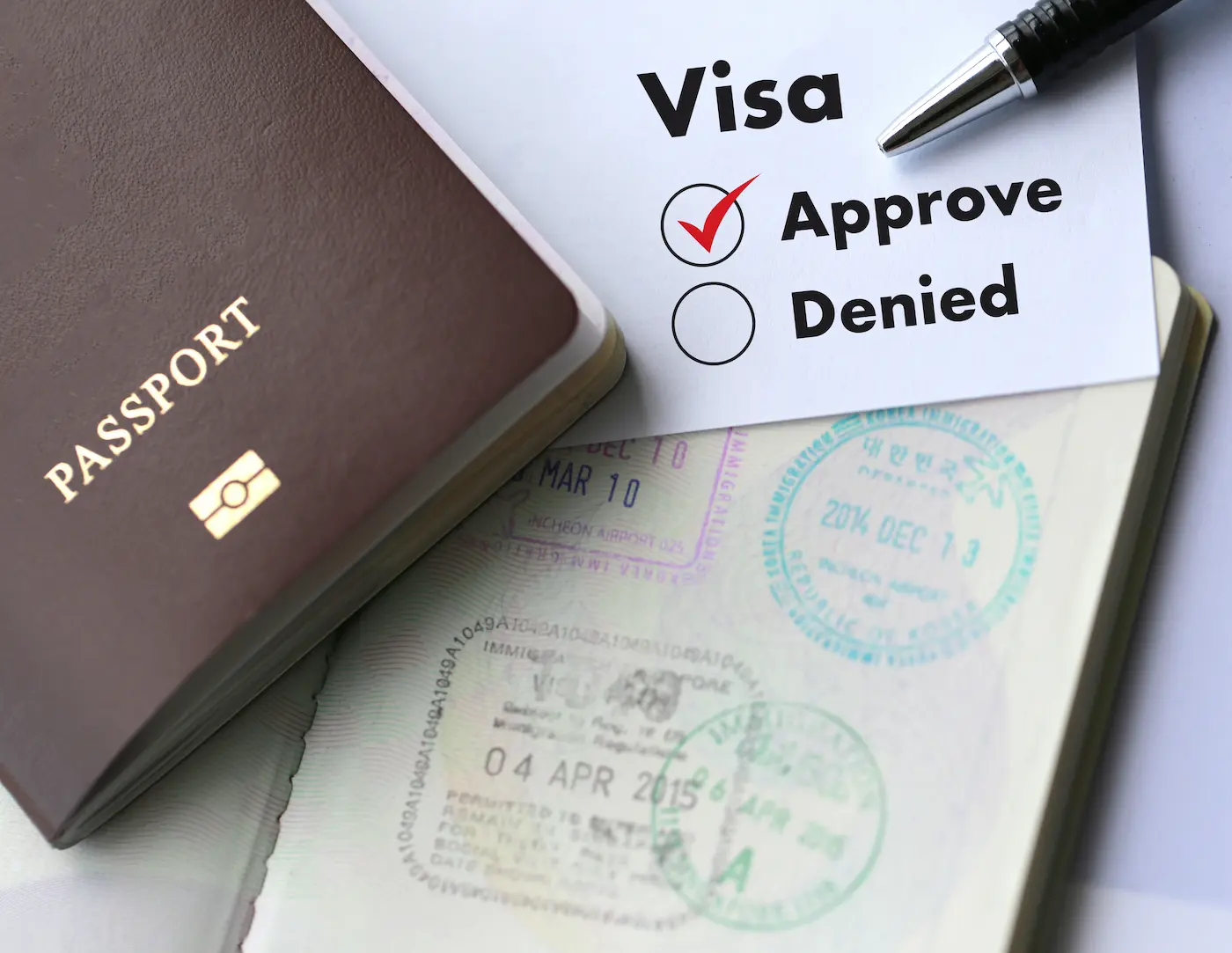
How to change your visa status in the United States
If your circumstances have changed since you entered the United States on a particular visa, it is possible to alter your visa status. This procedure entails changing from one category of a nonimmigrant visa to another or from a nonimmigrant visa to an immigrant visa. This article hopes to provide an overview of the procedures required to change your visa status in the United States.
Checking Your Eligibility To Switch Visa Status
Before proceeding, you must first ascertain your eligibility for the visa status you wish to change to. Each visa classification has distinct requirements; not all nonimmigrant visas permit status changes.
In addition, you must meet the following general eligibility requirements:
- You entered the United States lawfully on a nonimmigrant visa.
- Your status as a nonimmigrant remains valid.
- You have not violated the terms of your current immigration status.
- You have not committed any offences or participated in activities that would disqualify you.
You must submit Form I-539, Application to Extend/Change Nonimmigrant Status, to the USCIS if eligible. Complete the form with all required information and verify that you provide accurate details. Any false or misleading information could result in the denial of your application.
Step-By-Step Guide To Changing Visa Status
Pay the Fee Required
The filing fee for Form I-539 is $370 as of September 2021; however, fees are subject to change, so consult the USCIS website for the most up-to-date information. Depending on your circumstance, a biometric services fee may be required in addition to the filing fee.
Observe the USCIS Decision
The USCIS will send a confirmation notice once the application is submitted. Using the receipt number, you can verify the status of your application on the website. Remember to remain in the United States while your application is being processed. The USCIS will deem your application abandoned if you leave the country.
What If Your Waiting Status Expires?
In most cases, if your status expires while you await a decision, USCIS will extend your stay until a decision is made. However, this is only true if your application was submitted before the expiration of your I-94 and you have not violated the terms of your current visa status.
This process can significantly impact your life and future visits to the United States, making it essential to comprehend and adhere to the procedures precisely. If you are uncertain about any aspect of the procedure, you should consult an immigration attorney or specialist. Their assistance can help you avoid potential complications and maintain your legal status in the United States.
Understand Your Rights and Obligations
Remember that when you alter your visa status, you also assume the rights and responsibilities of the new visa category. If you switch from a B2 tourism visa to an H1-B employment visa, you will be permitted to work in the United States. However, you will also be required to maintain employment as a condition of your visa status.
It is also important to note that USCIS decides to approve a status change, and approval is not guaranteed. If your application is denied, you may be required to depart the United States immediately to avoid overstaying your visa.
Lastly, always maintain a record of your immigration documents. Having this documentation readily available is advantageous for future applications and legal challenges.
Changing your visa status in the United States is a necessary and legal method to adjust your immigration status in response to a change in your circumstances.
Understanding your eligibility, filing Form I-539, paying the required fee, and awaiting a decision from USCIS are essential steps to achieving a successful outcome, despite the complexity of the process.
Did this advice help?
Is there anything wrong with this page?
If so let us know!